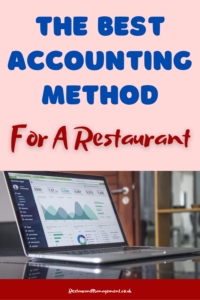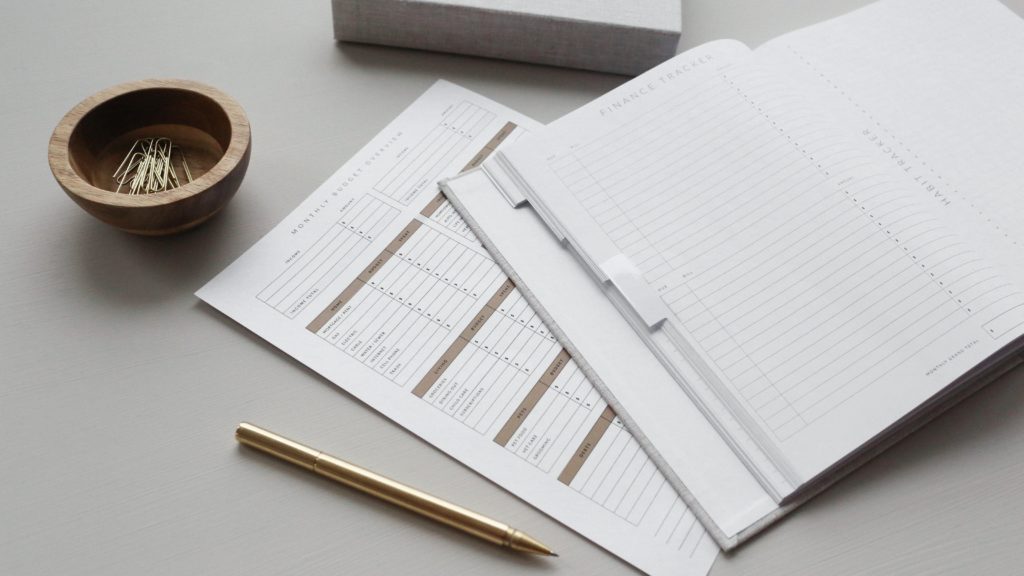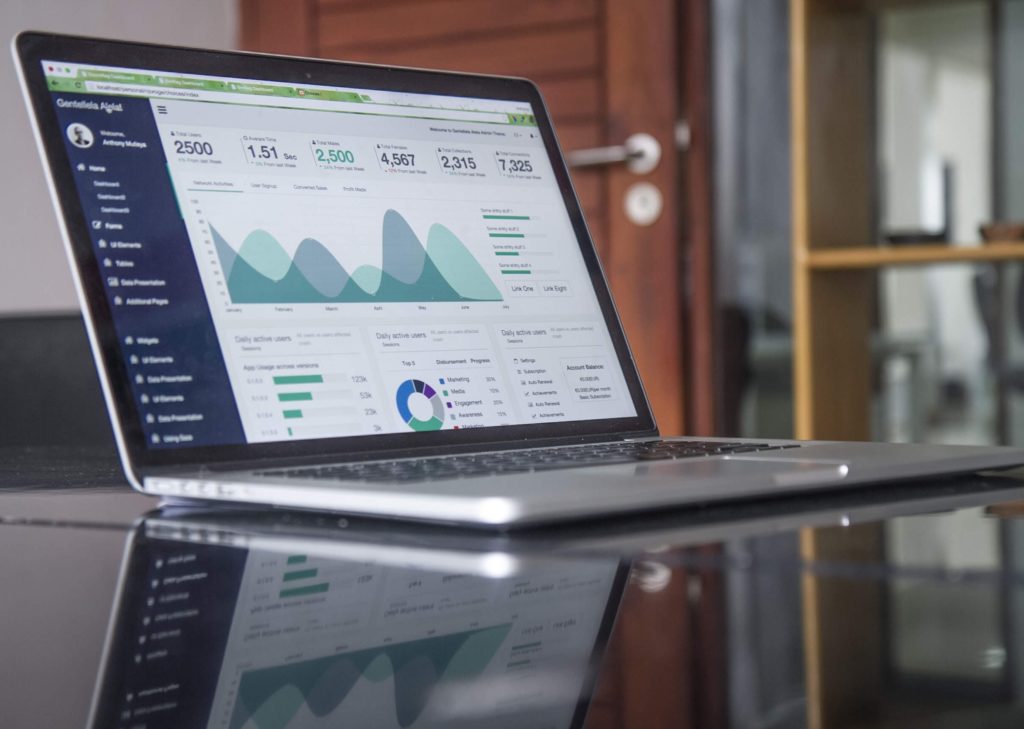The Best Accounting Method For A Restaurant
The best accounting method for a restaurant depends on the specific needs of the business. The two most commonly used accounting methods for small businesses, including restaurants, are the cash basis and accrual-basis accounting methods.
Cash basis accounting records revenue when cash is received and records expenses when they are paid. This method is simple and easy to use, but it may not accurately reflect the true financial position of the business because it doesn’t account for revenue earned or expenses incurred but not yet paid.
On the other hand, Accrual basis accounting records revenue when earned and records expenses when incurred, regardless of when cash is received or paid. This method provides a more accurate picture of the business’s financial position, but it can be more complex to use and can require more detailed record-keeping.
The accrual basis of accounting is more suitable for the restaurant business since it records the revenue when earned and the expenses when incurred, this can give a more accurate picture of the business’s financial position. Accrual accounting also allows for better planning and forecasting by showing how much revenue and expense will be recognized in the future.
It’s important to note that restaurants are subject to specific regulations and laws that affect their financial reporting, and they also have a high inventory turnover. It’s important to consult with an accountant or a professional advisor to make sure that the chosen accounting method is in compliance with the specific regulations and industry standards and that it is suitable for the restaurant’s needs.

Another method that is common in the restaurant industry is called the hybrid method, which is a combination of cash-basis and accrual-basis accounting. This method records revenue and expenses as they are earned or incurred, but cash transactions are recorded when they occur.
This method provides some of the benefits of both the cash basis and accrual basis methods, but it still may not provide a completely accurate picture of the business’s financial position.
In addition, there are specific accounting principles and regulations that apply to the restaurant industry.
For example, regarding revenue recognition for menus items that may be partially consumed and inventory accounting, it is important to consult with an accountant or professional advisor to make sure that the chosen accounting method is in compliance with the specific regulations and industry standards and that it is suitable for the restaurant’s needs.
There is also specialized software, like restaurant POS and inventory management systems, that are designed to help restaurants better manage their financials, and these can be integrated with accounting software for better financial reporting and management.
The best accounting method for a restaurant will depend on the specific needs and requirements of the business, and it’s important to consult with a professional advisor to make sure that the chosen method is appropriate, compliant, and suitable for business operations.

How Much Cash Should A Restaurant Have?
The amount of cash that a restaurant should have on hand will depend on a number of factors, including the size of the business, the volume of sales, and the level of expenses.
Generally, most businesses aim to have enough cash on hand to cover at least three to six months’ worth of operating expenses.
For a restaurant, it is important to have enough cash to cover the cost of inventory, payroll, and other expenses that may arise. Restaurants often have a high inventory turnover, which means that they need to have enough cash on hand to purchase new inventory when necessary.
Additionally, restaurants often have high labour costs and other variable expenses, so it’s important to have enough cash on hand to cover these expenses.
It’s also important to have enough cash on hand to cover unexpected expenses, such as equipment repairs or emergency situations, as well as any seasonal fluctuations in revenue or unexpected changes in the economy.
Having good cash flow forecasting can help you identify when you will have shortages of cash, and make adjustments in expenses or seek financing options.
It’s important to have a good balance between having enough cash to cover the needs of the business, but also not having too much cash that is not being put to use.
It’s also important to note that, having a good cash reserve can help you be prepared for unexpected events, such as natural disasters or pandemics, and can give you the ability to seize opportunities as they occur.
Consulting with a professional accountant or financial advisor can help you to determine the appropriate amount of cash for your specific restaurant business, taking into account your revenue, expenses, and the state of the economy.

What Are Important Financial Ratios For Restaurants?
Here are some of the most important financial ratios that are commonly used by restaurateurs to evaluate the performance of their businesses:
Cost of Goods Sold (CoGS) ratio: This ratio measures the cost of ingredients, supplies, and other materials that are used to produce menu items. It’s calculated by dividing the cost of goods sold by total sales. It’s an important ratio to measure as it can help you evaluate your food cost management, and make adjustments to the menu or prices.
Labour Cost Percentage: This ratio measures the percentage of total sales that are spent on labour costs, such as wages, benefits, and taxes. It’s calculated by dividing labour costs by total sales.
Prime Cost: This ratio is the combination of the labour cost percentage and the cost of goods sold. It’s an overall measure of how much it costs to run the restaurant.
Break-Even Point: This ratio measures the point at which total revenue equals total costs and it’s used to determine the number of sales needed to cover all expenses.
Food Cost Percentage: This ratio measures the percentage of total sales that are spent on food and beverage costs. It’s calculated by dividing food and beverage costs by total sales. This ratio can help you evaluate the profitability of different menu items and make adjustments to prices.
Contribution Margin: This ratio measures the amount of each sale that is left over after subtracting the variable costs of the sale (labour, goods, etc) from the revenue. It can be used to determine what price point is necessary to break even on a particular menu item or how much the restaurant can afford to pay in rent or fixed costs.
Earnings Before Interest, Taxes, Depreciation, and Amortization (EBITDA): This ratio shows the operating profit of a restaurant before taking into account interest, taxes, depreciation, and amortization. It’s a commonly used metric to measure the profitability and operational efficiency of a business.
Gross Profit and Gross Profit Margin: This ratio measures the profitability of a business by showing the difference between revenue and cost of goods sold. It’s calculated by subtracting the cost of goods sold from revenue and dividing it by revenue. The gross profit margin is the ratio of gross profit to revenue and it’s used to evaluate the pricing strategy and cost structure of a business.
Net Profit Margin: This ratio measures the overall profitability of a business by showing the difference between revenue and all expenses, including the cost of goods sold, labour costs, rent, and other expenses. It’s calculated by subtracting total expenses from total revenue and dividing it by total revenue. This ratio can help you evaluate the overall financial performance of your restaurant and make adjustments to your business strategy.
It’s important to keep in mind that these ratios should be evaluated in conjunction with other financial statements and information to get a complete picture of the business performance. Each ratio tells a different story and can provide insights into different aspects of the business.
Additionally, it’s important to consider industry averages and other benchmarks when evaluating these ratios, as they can provide a sense of how your restaurant is performing relative to others in the same industry.

Conclusion
When it comes to finding the best accounting method for a restaurant, there are two common methods: cash-basis and accrual-basis accounting. Cash basis accounting records revenue when cash is received and expenses when they are paid, whereas accrual-basis accounting records revenue when earned and expenses when incurred, regardless of when cash is received or paid.
For restaurants, the accrual basis accounting method is more suitable since it provides a more accurate picture of the business’s financial position and allows for better planning and forecasting. Additionally, consulting with an accountant or professional advisor is important to ensure compliance with specific regulations and industry standards.
By keeping an eye on, analysing, and adjusting your accounting principles, restaurant managers and owners can increase their financial success in a short space of time.

